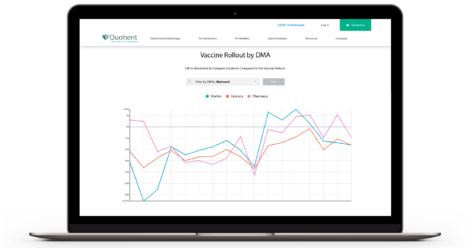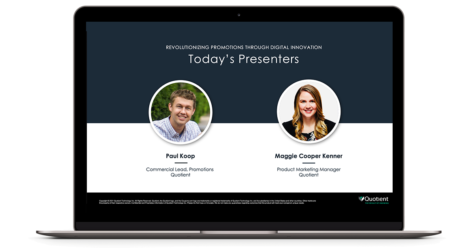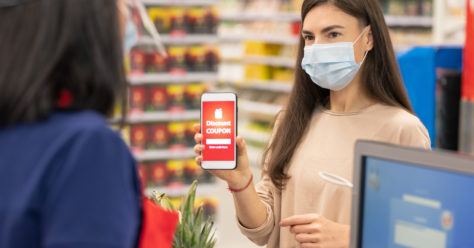The Next Normal for Advertisers, Retailers and Consumers
As we enter the next phase of the pandemic, what does the leveling off of consumer demand mean for advertisers and retailers?
As COVID-19 vaccines roll out, consumers are spending more time out of the house. For advertisers and retailers, this means that the above-average demand for grocery products—while still above pre-COVID levels—is starting to level off.
Already, General Mills plans to reduce external manufacturing once the pandemic-driven demand dies down. Similarly, Proctor & Gamble has announced has announced that it will be raising prices to account for the increased cost of raw materials. Higher materials costs and supply chain constraints have also contributed to the rising price of CPG products.
To get a better understanding of what life after COVID could look like for advertisers, retailers and consumers, we spoke with Quotient’s Senior Vice President of Media Strategy, Xavier Facon, and Vice President of Investor Relations, Christine Marchuska. Read on below for their take on what this potentially challenged environment with inflationary pressure and tough performance comparisons means for the grocery-retail landscape.

How COVID-19 Changed the Grocery-Retail Game
While COVID dramatically accelerated the shift to digital, the question now is: how much will this trend slow down after the pandemic? During Covid, many people were introduced to eCommerce who had never previously bought their groceries online. This happened across age groups and demographics.
The pandemic acted as a trigger which forced consumers to change their shopping behavior. Now that we've seen broad adoption of eCommerce and increased engagement with digital advertising, that change is here to stay. Looking ahead, Facon and Marchuska don’t believe that consumers will exclusively purchase their groceries online. Rather, they will embrace a hybrid mix of eCommerce and in-store shopping.
“Consumer groups, including older consumers who are very rigid in their shopping behaviors, have adopted eCommerce. People will continue to utilize digital channels, and they'll also continue to go to grocery stores. There's still a lot of in-store shopping going on, but it's changed and it's different.”
—CHRISTINE MARCHUSKA, VICE PRESIDENT OF INVESTOR RELATIONS
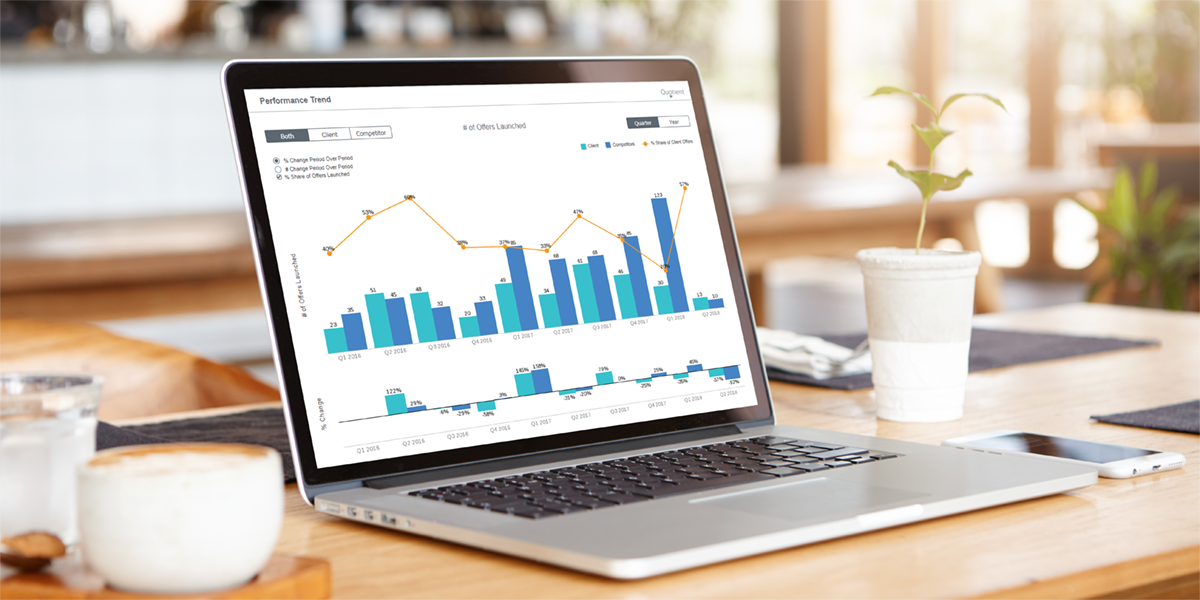
The Next Normal for Advertisers
As consumers begin to move outside the home more, the demand for grocery products could decrease. For advertisers, this means that the need has gone up for them to create incentives for consumers to buy their brand product.
“COVID was the accelerant. When a new product or even an established brand product goes to market now, they are focused on connecting with shoppers on the path to purchase and at the point of conversion. eCommerce acts as a focused place where advertisers can spend media and advertising dollars. As digital keeps growing, the use of first-party retailer data is absolutely key in these tactics.”
—XAVIER FACON, SENIOR VICE PRESIDENT OF MEDIA STRATEGY
According to Facon, advertisers are focused on reinventing their marketing approach into an omnichannel approach. This can include digital media, digital promotions and other on-the-shelf marketing techniques that are planned cohesively. Facon says this approach goes beyond shopper marketing because it ties together multiple retailers to enable advertisers to optimize their spend towards those retailers that are performing best.
This method of bundling multiple retailers into one initiative also enables advertisers to create a frictionless shopper journey that is personalized towards the individual consumer using first-party retailer data. Ultimately, Facon recommends that brands optimize their measurement capabilities to avoid duplication and inefficiencies in their marketing approach
Marchuska agreed, adding that securing targeted, measurable results will be another focus for advertisers moving forward. During COVID, some brands lost market share due to private label as well as an influx of new competitors on the market. Now, they're going to have to find ways to stay relevant and regain their market share.
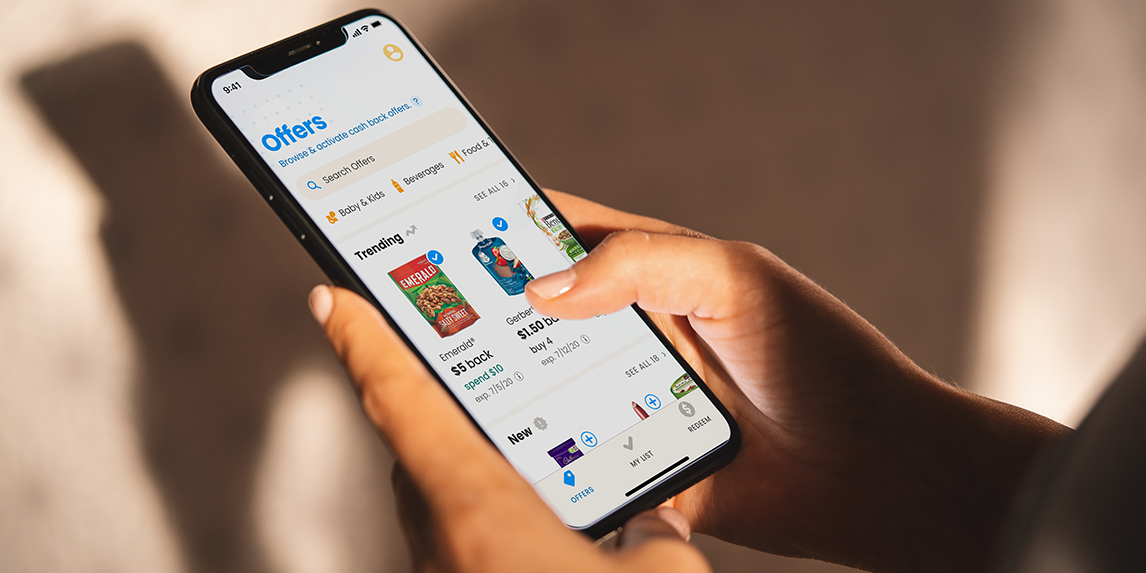
The Next Normal for Retailers
As for retailers, they continue to invest in finding ways to keep the market share they gained during COVID through in-store pickup or other grocery delivery mechanisms via online platforms.
Like advertisers, retailers are going to have tough comparative performance results moving forward, in addition to the possibility of inflation and other dynamics that are playing out. So, both Facon and Marchuska say they're going to need a variety of resources to stay on top of their game while driving revenue. That’s where the omnichannel combination of promotions and retailer performance media comes in.
Regardless of a retailer’s size, Facon argues that their investment is similar because they may be working with an overlapping number of advertisers—just at different sales volumes. The key is to set up a media business efficiently so that they aren’t repeatedly targeting the same shoppers, leading to inefficient media spend. So, not only must retailers have the technology, the expertise and the retail platform itself, they also need those advertiser relationships to drive optimized performance media. Promotions are also key during times of potential inflation—especially as consumers look for ways to maximize value.
Retailers can also optimize their digital touchpoints to make the consumer experience as frictionless as possible. This means that shoppers can do things like use coupons in store and online; access the retailer’s loyalty program easily; plan their trips on eCommerce channels with accurate, comprehensive product databases and frictionless shopping tools; and more. All of these advancements are aimed at making the omnichannel experience between online and offline channels as easy as possible.
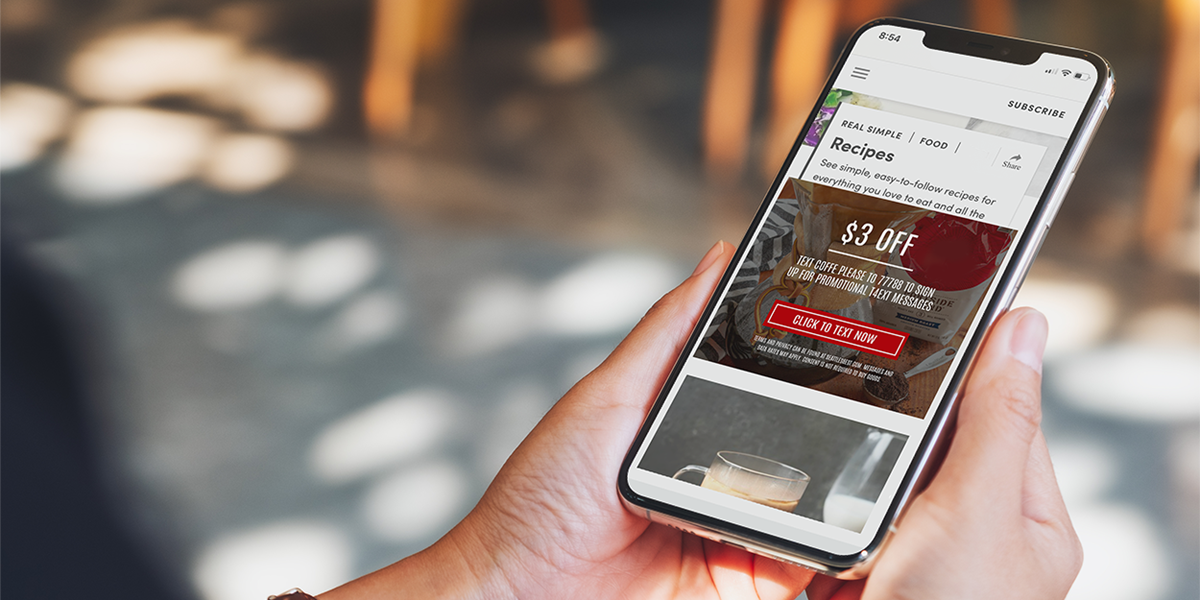
The Next Normal for Consumers
Finally, consumers act as the bridge that ties advertisers and retailers together. With the possibility of inflation and prices rising, consumers will likely be focused on seeking value—whether it’s through their choice of retailer, deciding to purchase more private label brands or by seeking out promotions.
This search for value also points to consumers’ desire for efficiency. For promotions to be as efficient as possible, they must be personalized towards the consumer. This can be through the type of product that’s discounted or even the level of discount given. By personalizing promotions, advertisers and retailers can use their media spend as efficiently as possible while consumers can be sure they’re getting the best value possible.
Although the grocery-retail landscape has begun to level out as we move into our next normal, there are still plenty of lessons to be learned in the months ahead. By focusing on omnichannel strategies and maximizing digital efficiencies through data-backed personalized media, advertisers, retailers and consumers all stand to win.
For more information on how Quotient can help you develop a strategic approach to omnichannel marketing, contact us at communications@quotient.com.

